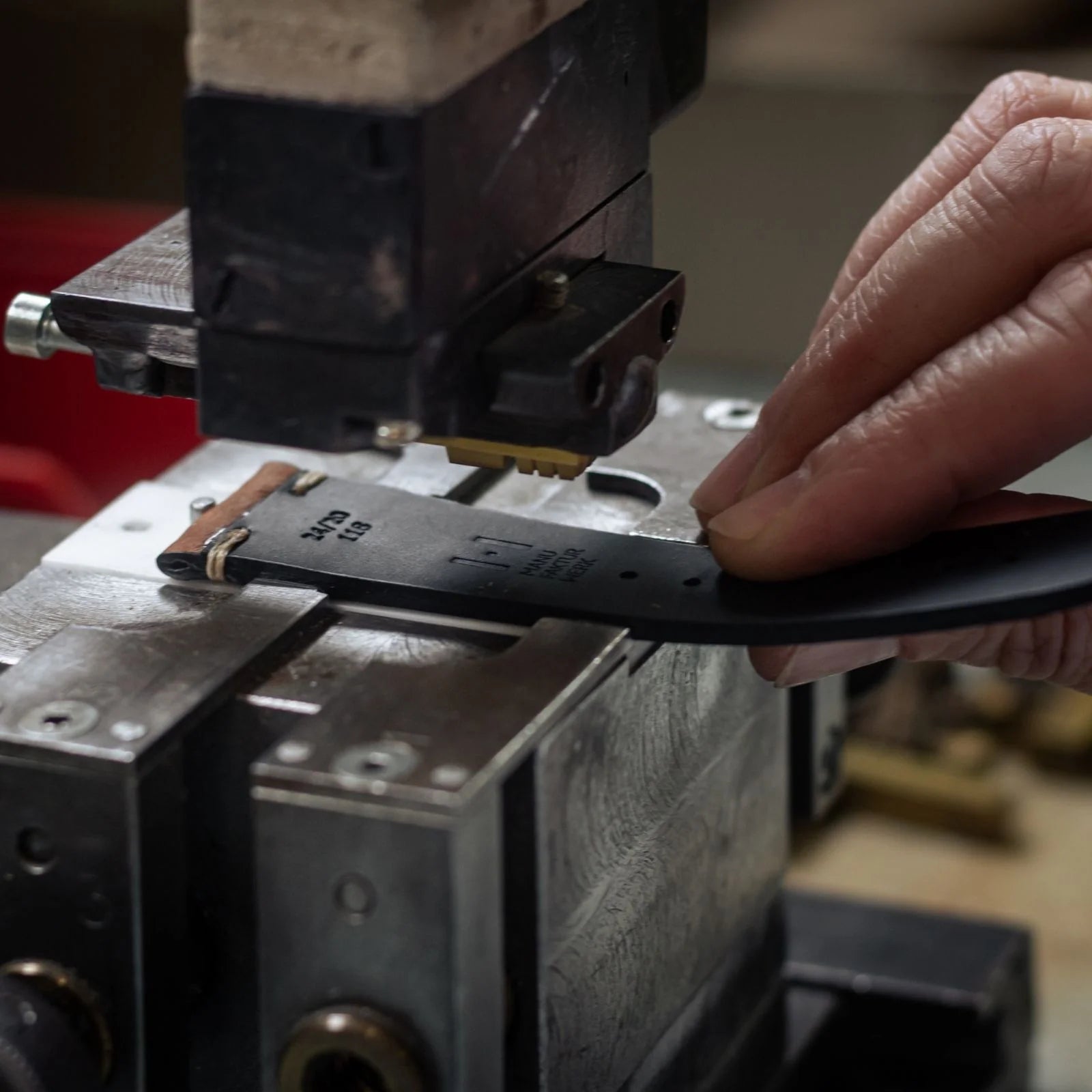Running 1,000 meters at a leisurely pace takes just over ten minutes. A dive to a depth of 1,000 meters, on the other hand, is much more time-consuming and cannot be achieved without professional equipment. Only a diving bell makes it possible to reach this depth. Professional divers rely on diving computers as timepieces, and they have relied on the Rolex Sea-Dweller for more than 50 years. The most professional of all diving watches from Rolex's range has been around for half a century; the most recent model with the reference 126600 was only presented at Baselworld 2017 and is already in demand. What is new is the return to the red “Sea-Dweller” lettering, and for the first time in the history of this model, the Sea-Dweller now has a detail that was withheld from it for five decades: the magnifying glass above the date display.
The maximum diving depth for this watch is 1,220 meters - a person can only reach this extreme depth in a diving bell. The breathing air in these diving devices is enriched with helium. The volatile gas slips through the usual seals of a watch into the case and, if it emerges, would blow the glass out of the watch and cause serious damage. Since professional divers in the oil and gas industry live underwater in a pressure vessel for up to a month, some helium accumulates in the watch as the divers breathe the enriched air 24 hours a day. For this purpose, a professional watch like the Sea-Dweller must have a helium valve that allows the gas to escape safely from the case but also prevents leaks from forming. Therefore, unlike Omega, for example, Rolex uses an automatically functioning helium valve.
The history of the Sea-Dweller – which translates as sea creatures – is closely linked to the French company Comex. The specialists specialize in high-risk diving operations and the employed professional divers are among the best in the world. In the 1960s, these divers needed a watch that was perfectly legible and unconditionally reliable - above water, underwater and also in diving bells. All of this applied almost entirely to the Submariner from Rolex, which was introduced in 1953. In the early 1960s, for Comex and diving bell operations, some submariners were equipped with a helium valve that could automatically reduce the excess pressure in the housing. In 1967, Rolex introduced the reference 1665: 610 meters diving depth, and one of the most sought-after jewels from the Rolex sports model range. On the dial, the watch is marked Sea-Dweller Submariner 2000 in red. The number 2000 stands for the maximum achievable diving depth.
Since 1992, Comex divers have been receiving the Sea-Dweller 4000 with the reference 16600, which was introduced in 1988. The thick sapphire crystal, to ensure the enormous pressure resistance of the case up to a depth of 1,220 meters, makes the watch a little more top-heavy than the Submariner.
In 2008 the Sea-Dweller Deepsea Ref. 116660 was introduced - waterproof to a depth of 3,900 meters and thus one step further into the depths of the ocean. In addition to the model with a black dial, the Deepsea is now also available with a black and blue gradient. The curved sapphire crystal is 5.5 millimeters thick and, like the name of the watch, its shape is reminiscent of the 1960 experiment in which Jacques Piccard mounted a Submariner Deep Sea Special on the outer shell of his submersible Trieste and plunged it into the Mariana Trench to a depth of 10,916 meters dives.
Six years later, the classic Sea-Dweller 4000 reappears. Equipped with the new Cerachrom bezel, a water resistance of 1,220 meters and a diameter of 40 mm, the model follows the Sea Dweller tradition. In the anniversary year of 2017, desirability is increasing again, despite the date magnifying glass and because of the model lettering in red. The new reference 126600 pays homage to the past - and cements the classic status of the Sea-Dweller.
















